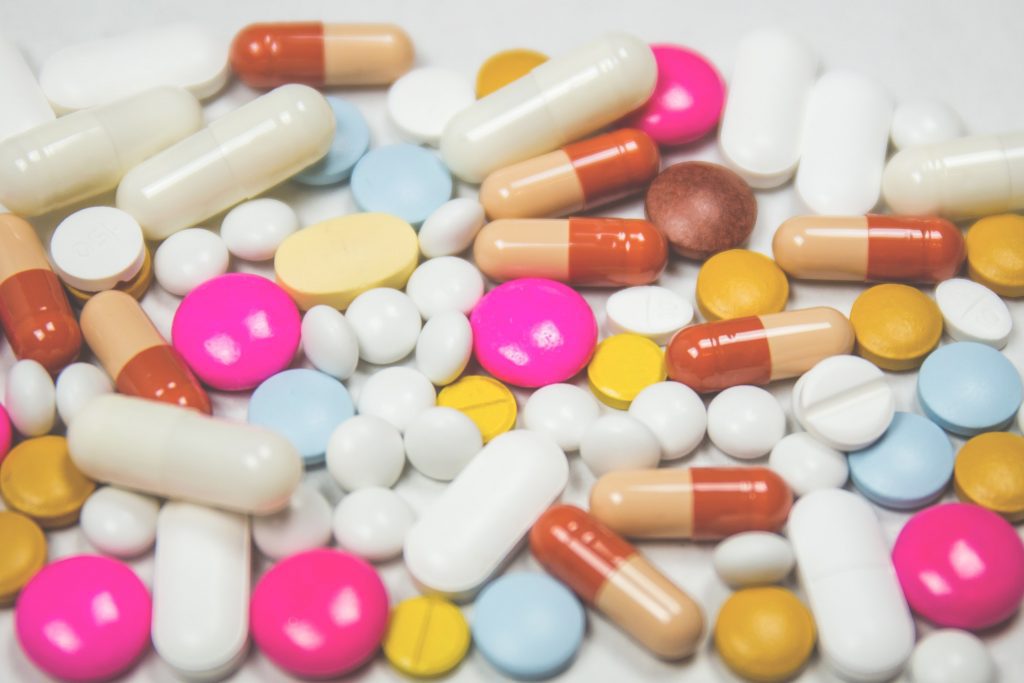
Even during the turbulent times of the COVID-19 pandemic, medical advancements continued, with a number of drugs receiving FDA approval. The simultaneous development of COVID-19 vaccines and other therapeutic drugs demonstrates the versatility of the pharmaceutical industry, supported by key regulatory bodies like the FDA and EMA. The latest drugs to recieve FDA approval offer hope for patients suffering with rare diseases and developmental disorders.
The different types of drug approval
In terms of drug/product approval, the most common authorised by the FDA are: Investigational New Drug Application (IND), New Drug Application (NDA), Biologic License Application, Abbreviated New Drug Application, and Over-the-Counter Application.
IND
IND is probably one of the most widely recognised, and can be categorised as either commercial or research. Commercial INDs allow the development of a drug or biologic with the goal of submitting an application for market approval. Research INDs on the other hand, involve therapies that are not intended for commercial use, but are strictly investigated for research purposes e.g. generate a publication.
An emergency IND is a third type which can be submitted by physicians to “allow treatment of immediately life-threatening conditions when no standard acceptable treatment is available and insufficient time exists to receive Investigational Review Board (IRB) approval. Emergency INDs act upon a different timeline than other types of INDs”.
Even in the case of emergency INDs, all applications for this type of approval must provide data to demonstrate not only potential efficacy, but that the product will not expose humans to “unreasonable risks when used in limited, early stage clinical studies”.
OTC
Over-the-counter drugs (OTCs) are safe and effective for use by the general public without the need for a prescription from a healthcare professional. There are two pathways by which the marketing of OTCs can be achieved: compliance with an OTC monograph and approval under an NDA (a formal marketing application).
According to an article, an OTC monograph is “a set of regulatory standards for different therapeutic drug classes that includes acceptable ingredients, doses, formulations, and labeling requirements.”
EUA
More recently, the term EUA, otherwise known as ‘emergency use authorisation’, will be recognised due to several COVID-19 vaccines being granted EUA during the pandemic. According to the FDA, EUA is a way of facilitating the availability and use of medical countermeasures (like vaccines) during public health emergencies.
Under the terms of this authorisation, the FDA can allow the use of unapproved medical products or unapproved use of approved medical products in an emergency situation. However, strict criteria must still be met in order to protect the safety of patients.
In terms of the COVID-19 vaccines which received EUA, they would still have to provide sufficient non-clinical, clinical, and manufacturing data which supports the product’s safety and efficacy.
The latest drug approvals
Skytrofa
The FDA recently approved the drug Skytrofa to treat short stature due to inadequate secretion of endogenous growth hormone. The drug, produced by Ascendis Pharma, will be used for paediatric patients 1 year and older, weighing at least 11.5kg. This once-weekly injection becomes the “the first product approved by the FDA that delivered somatropin by sustained release over a 1-week period.”
Growth hormone deficiency (GHD) is a rare disorder and can be classified into three subdivisions: acquired GHD, congenital GHD, and idiopathic GHD. If GHD goes untreated, it can lead to a number of health conditions later in life which can impact the child, including osteoporosis.
One of the main benefits for patients is the reduced clinical intervention for treatment, going from daily somatropin injections to just one a week. According to a recent article, the FDA approval was based on the results from Skytrofa’s phase 3 heiGHt study which was compared against Pfizer’s daily somatropin drug Genotropin (over the course of a year).
Skytrofa patients demonstrated a growth of 11.2 cm/year at the 52-week mark, compared to 10.3 cm/year in the daily somatropin cohort.
In a recent press release, Ascendis Pharma reinforced their high hopes for this drug, and said “we are committed to making lonapegsomatropin the market-leading therapy for treating pediatric GHD”.
Nexviazyme
Nexviazyme is an enzyme replacement therapy developed by Sanofi to treat late-onset Pompe disease. The FDA approval was based on positive Phase 3 data demonstrating improvements in key disease burden measures and establishing its safety profile.
Pompe disease is a progressive and debilitating muscle disorder which impairs a person’s ability to move and breathe easily. The disorder is caused by a genetic deficiency of the enzyme acid alpha-glucosidase (GAA), which results in accumulation of glycogen in muscle cells. Unfortunately, the excessive levels of glycogen leads to irreversible muscle damage, including the diaphragm which supports respiratory function.
In a recent press release, Sanofi said that “In the pivotal Phase 3 trial (COMET), Nexviazyme showed improvements in respiratory function and walking distance measures in people with LOPD and established its safety profile.”
Pompe disease is a rare genetic condition which can not only severely impact daily living, but can cause premature death. Hence, this recent approval represents another positive contribution to the therapeutic area of rare diseases, which continues to receive increasing attention due to unmet clinical needs.
Charlotte Di Salvo, Editor & Lead Medical Writer
PharmaFeatures
Subscribe
to get our
LATEST NEWS
Related Posts

Molecular Biology & Biotechnology
Myosin’s Molecular Toggle: How Dimerization of the Globular Tail Domain Controls the Motor Function of Myo5a
Myo5a exists in either an inhibited, triangulated rest or an extended, motile activation, each conformation dictated by the interplay between the GTD and its surroundings.

Drug Discovery Biology
Unlocking GPCR Mysteries: How Surface Plasmon Resonance Fragment Screening Revolutionizes Drug Discovery for Membrane Proteins
Surface plasmon resonance has emerged as a cornerstone of fragment-based drug discovery, particularly for GPCRs.
Read More Articles
Designing Better Sugar Stoppers: Engineering Selective α-Glucosidase Inhibitors via Fragment-Based Dynamic Chemistry
One of the most pressing challenges in anti-diabetic therapy is reducing the unpleasant and often debilitating gastrointestinal side effects that accompany α-amylase inhibition.













